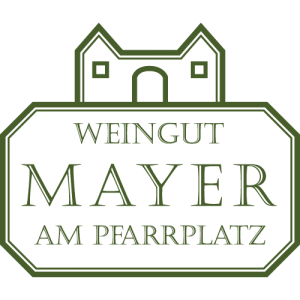Village Wines
The grapes are grown in premium-quality vineyards of strong character and long tradition within a cadastral commune.
The grapes are grown in premium-quality vineyards of strong character and long tradition within a cadastral commune.
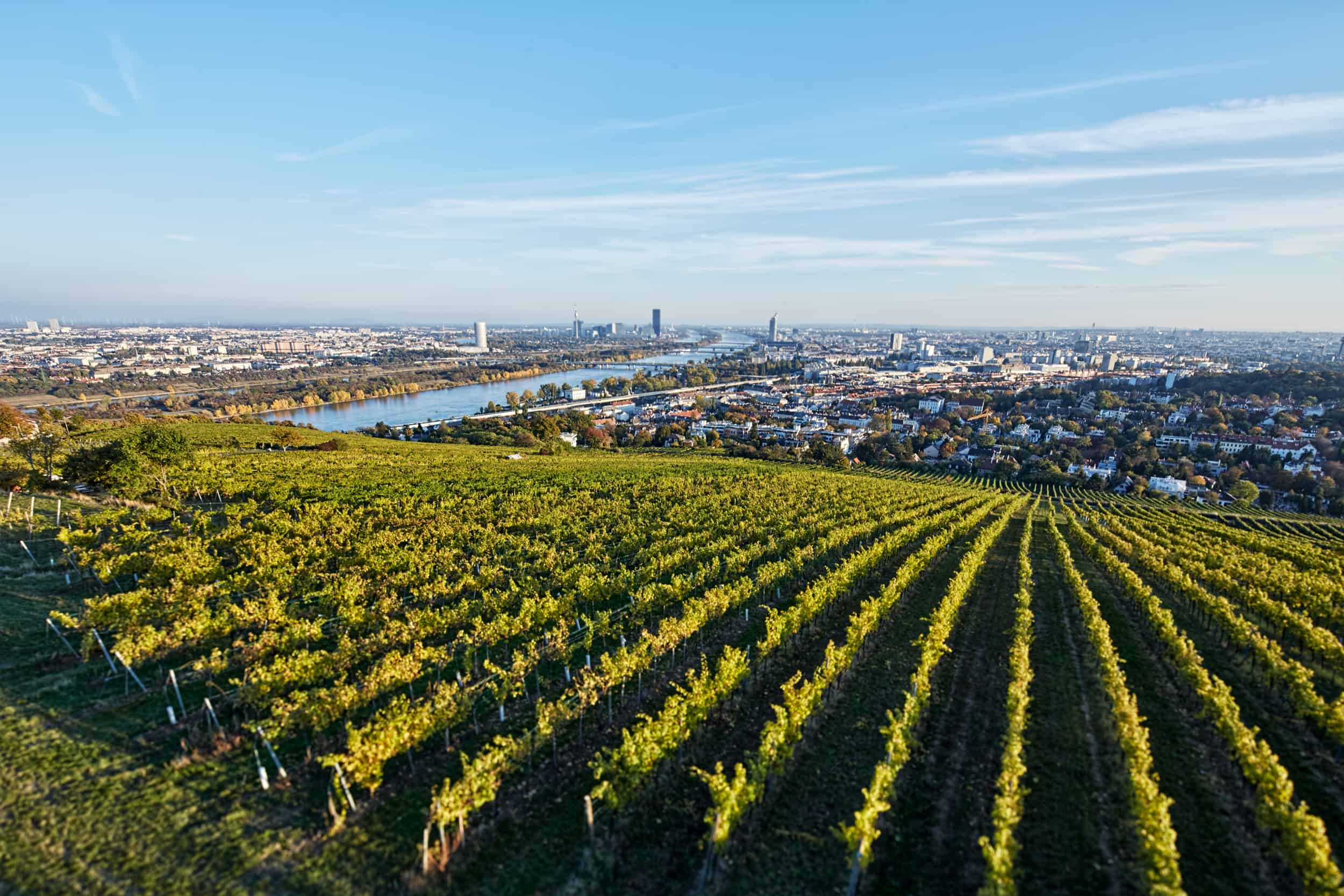
At one time, Vienna’s showcase single-vineyard – Nussberg – was called the “wine mountain“.
The southerly exposed, sloping hill and the calcareous soils offer perfect conditions for growing Riesling, Gemischter Satz and Burgundy grapes.
The varietal diversity goes back to the tradition of the Heurigen and takes its root in the large geological differences encountered on Nussberg. The lime content varies between 25% and 65% and combines with loam, clay and sand.
Shells, once washed ashore from the sea, help the wines from Nussberg develop a multi-faceted minerality.
The influences of the Vienna Woods and the Danube River ensure a perfect microclimate with cooling effects to preserve the vital fruit aromas and flavours.
Nussberg without doubt is counted among Austria’s top sites.
Wines: Nussberg – Riesling, Nussberg – Wiener Gemischter Satz DAC, Nussberg – Pinot Noir, Nussberg – Riesling Weißer Marmor
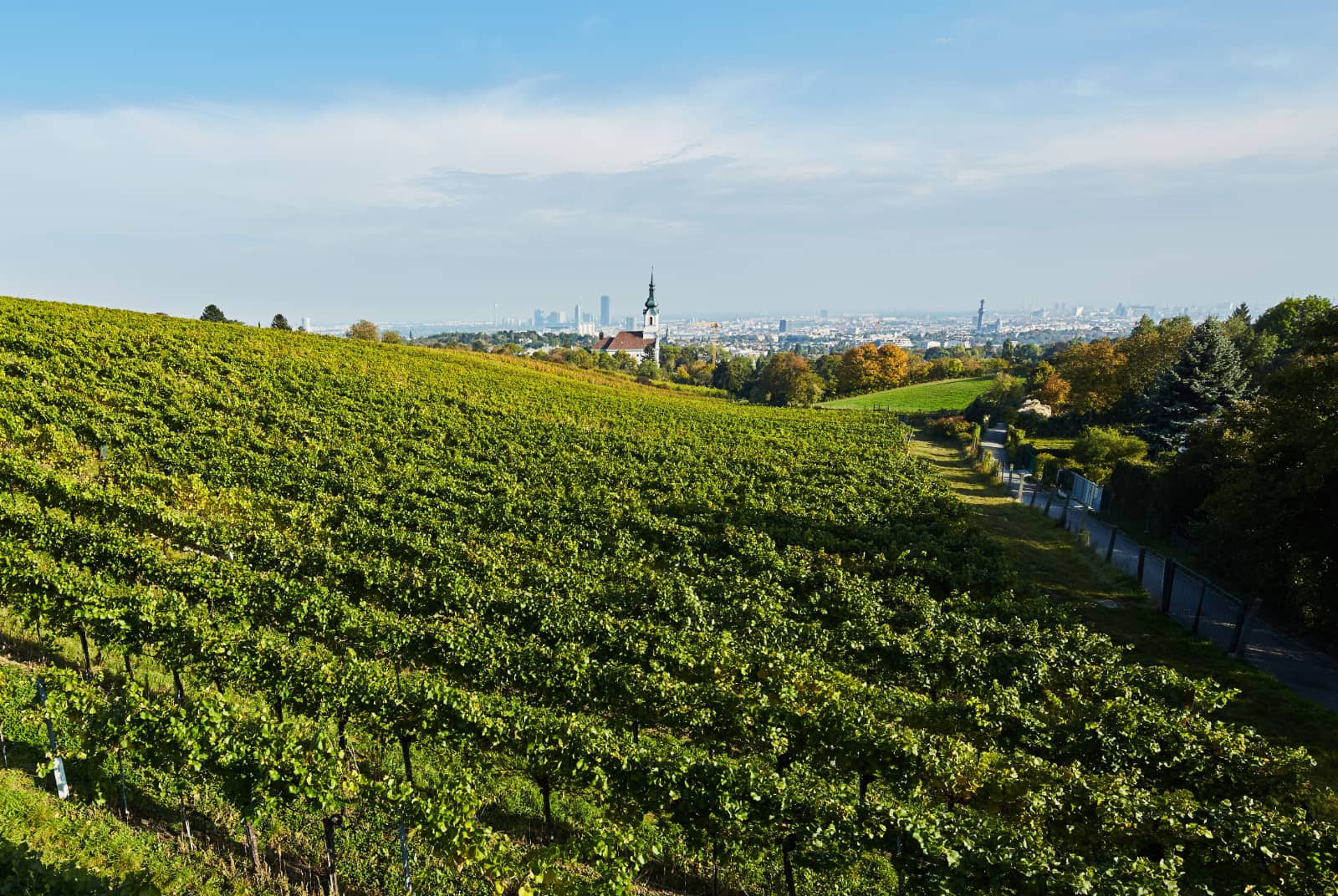
The vineyards for the Grüner Veltliner Grinzing are located close by the Kaasgraben Church in a southwestern exposure. The aromatic expression in this wine is therefore slightly cooler.
The gravelly soils and the chilling breezes from the Vienna Woods perfectly impact Grüner Veltliner, imparting the typical spicy and peppery notes to this variety.
Here, the rise to the Bellevue Heights is clearly noticeable, making manual operations inevitable.
The Grüner Veltliner from this site is made to range from medium- to full-bodied, depending on the vintage.
Wines: Grinzing – Grüner Veltliner
The grapes grow in first-class vineyards with individual character, though not classified as Erste Lage.
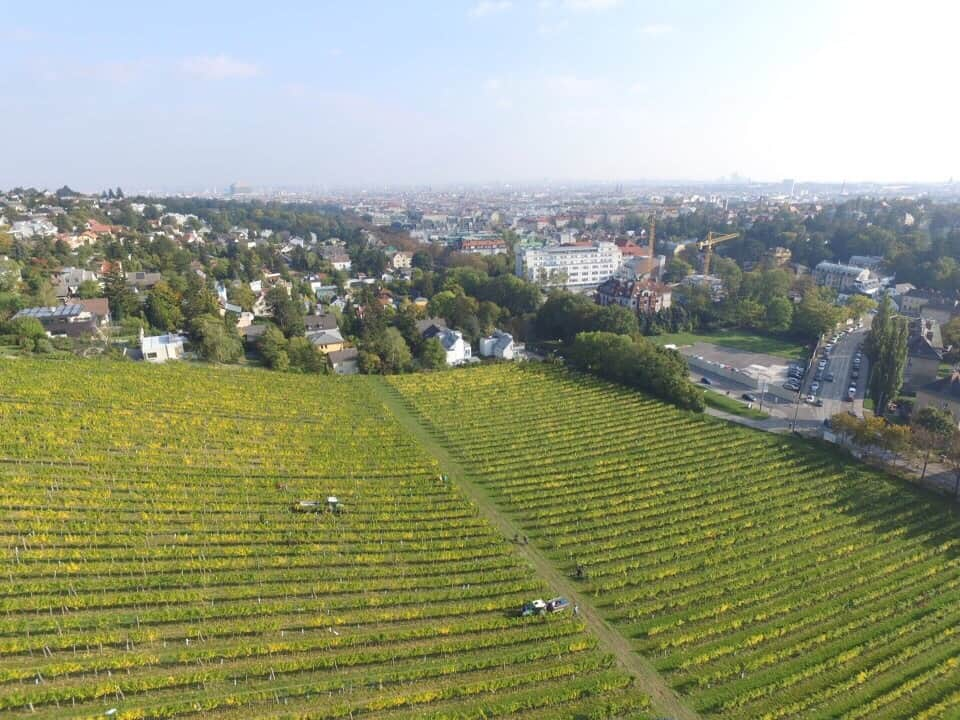
Alsegg – the name derives from its location by the creek called Alsbach – is one of Austria’s oldest vineyards mentioned in the chronicles.
It stands out for its ideal southern exposure and, above all, its size – 8.3 hectares nestled amidst the densely populated 17th district of Vienna.
Due to its embedded location, the plot is protected against late frosts and strong winds. Early development allows Riesling to reach perfect ripeness and evolve fragrant apricot aromas and flavors.
The homogenous, calcareous loam and loess soils encountered there have been tried and tested for centuries as ideal prerequisites for producing great wines.

This classification stands for the very best single vineyards (Erste Lagen) of a wine-growing region and applies only to grape varieties which are typical for the region.
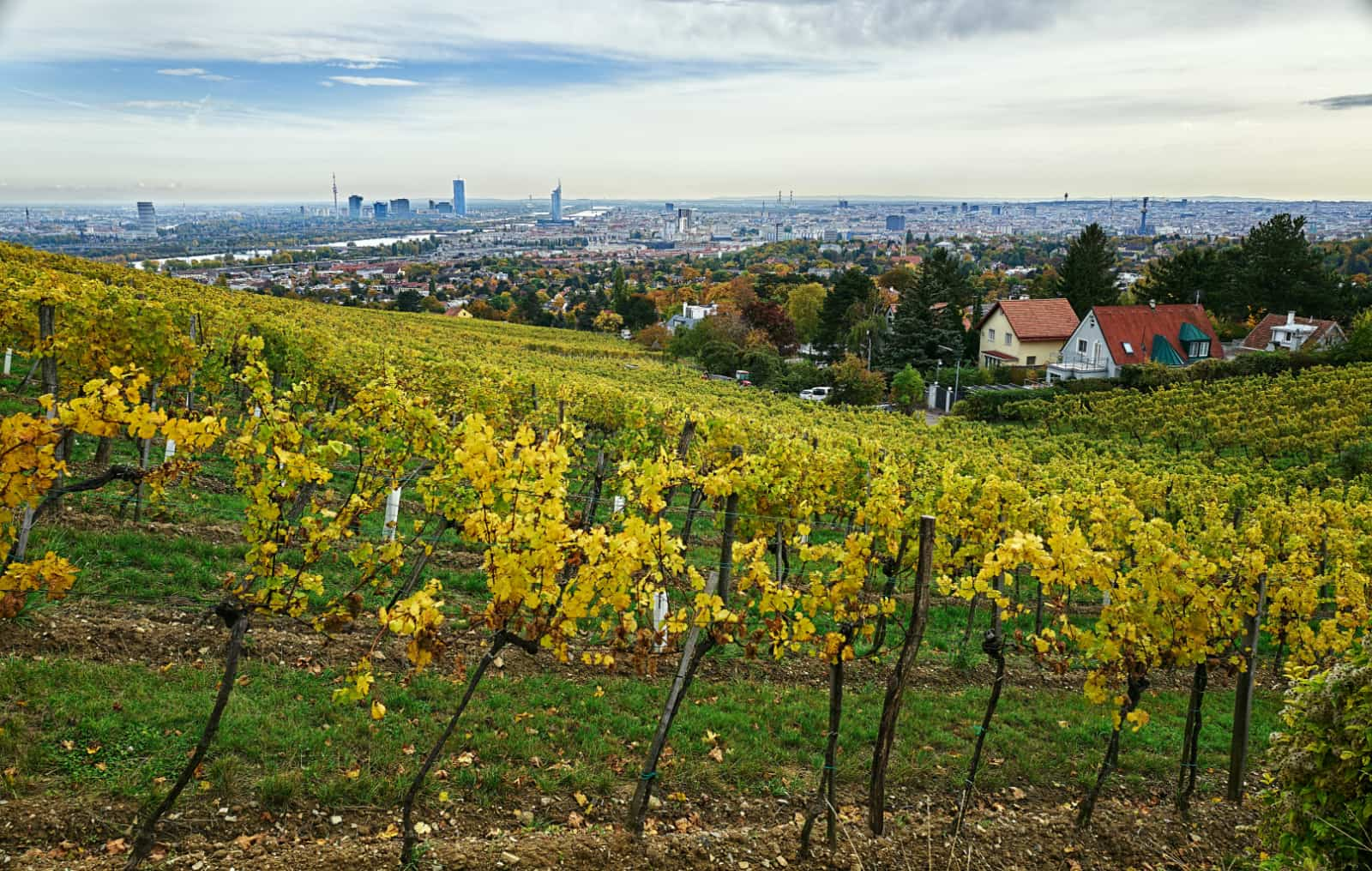
For the first time documented in 1501, named after the Royal councillor Heinrich Preussel – not after the Prussians, as often mistakenly claimed.
The single vineyard Preussen is located in the “Mittlere Schoss” (central part) of the vineyard area “Nussberg” which can be divided into three terraces. This prime site facing southward comprises the highest lime content
originating from fossils and shells washed ashore millions of years ago. The single vineyard Preussen has always been considered as the showpiece of the Wiener Nussberg and brings about Riesling wines and Wiener Gemischter Satz with unbelievable mineral character and complexity.
Wines: Ried Preussen-Nussberg Erste Lage Riesling, Ried Preussen-Nussberg Erste Lage Wiener Gemischter Satz DAC
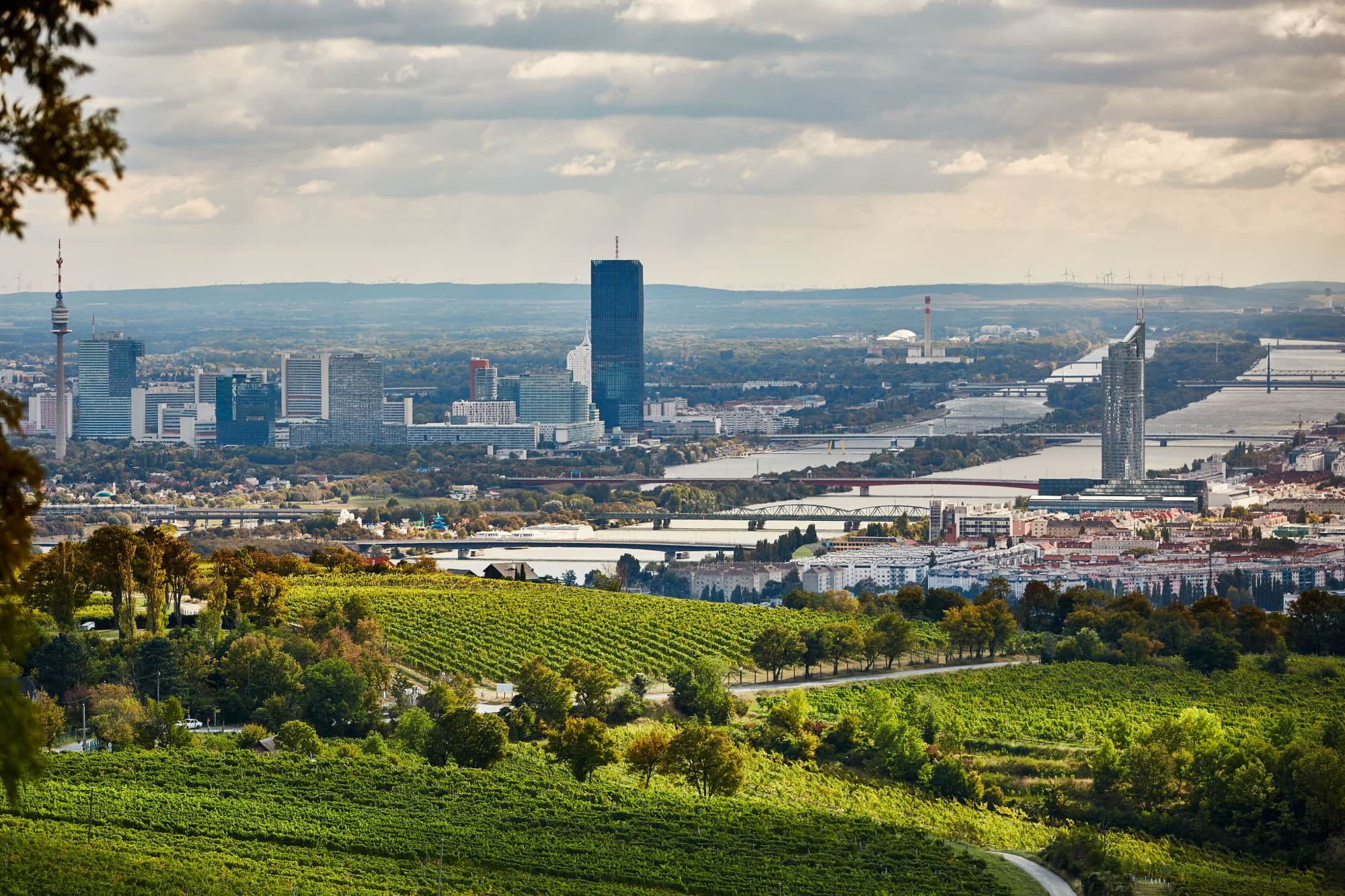
The single vineyard “Langteufel” is part of the vineyard area “Nussberg”. Its name derives from the shape of the plot. The south-west facing prime site is very long and wedge-shaped and has been known to require a lot of effort in its cultivation. The winegrowers used to swear: „ How devilishly long!“ The first documentation of the site lists it in 1384 as „Langtewel am Nusper“.
The site Langteufel is similar to Preussen and is characterised by sandstone with a high quartz content and seabed deposits.
Wines: Ried Langteufel-Nussberg Erste Lage Wiener Gemischter Satz DAC
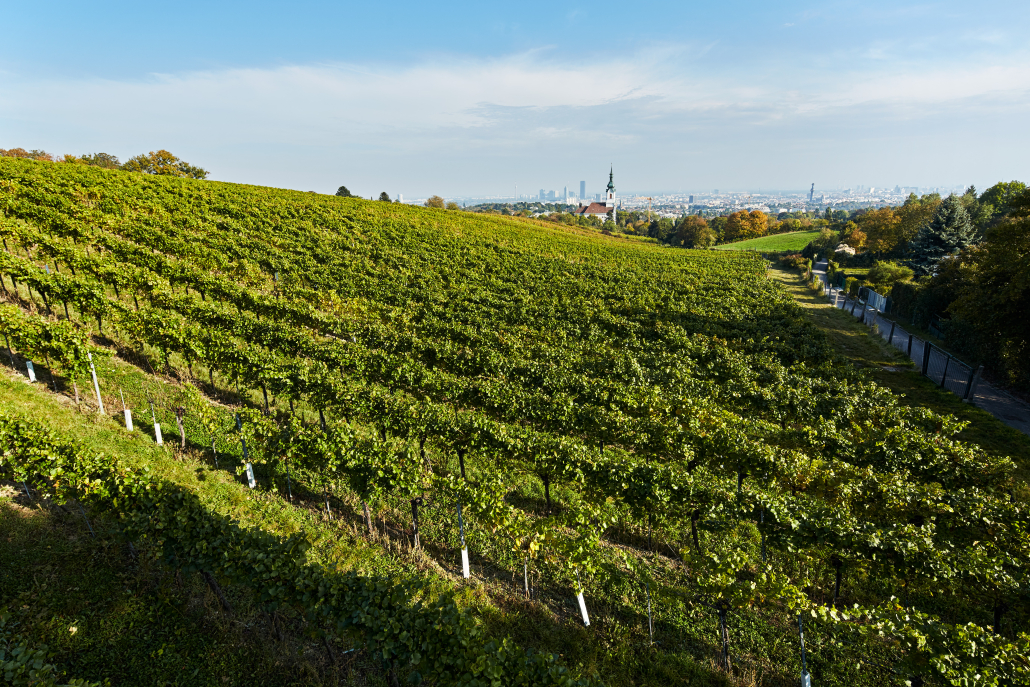
The vineyard site Schenkenberg is located in Obersievering in the north of Vienna. This south-east facing slope reaches an altitude of 345 m. To the north and south, the site is bordered by two small streams, which provide a cooler climate.
Geologically, the Schenkenberg is part of the north-eastern foothills of the Eastern Alps in the flysch zone, which is composed of sandstone, marl and mudstone.
The site was first mentioned in a document as early as 1329. The Schenkenberg produces cool and very precise Grüner Veltliner.
Wenn Sie mehr von unseren Angeboten und Neuigkeiten erfahren möchten, freuen wir uns, wenn Sie unseren monatlichen Newsletter abonnieren.
Für jeden Neuanmeldung erhalten Sie einen 10,- Gutschein, den wir Ihnen gerne via E-Mail zukommen lassen.
